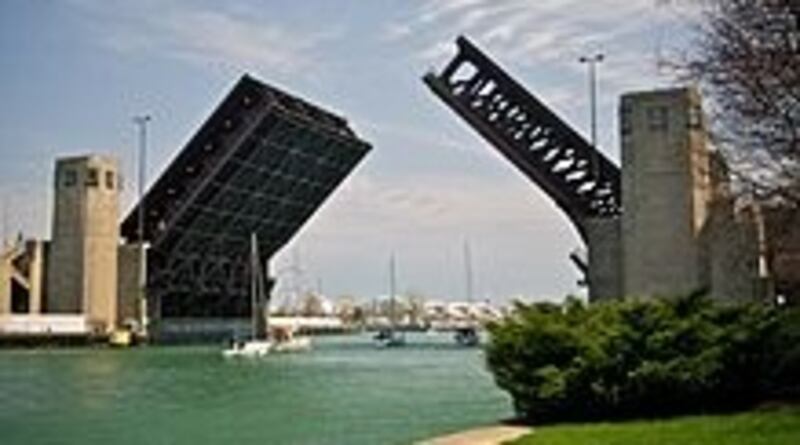In the 19th and early 20th centuries it was mistakenly believed that a Galway-born sailor was aboard Columbus’s first expedition to the New World and that he was among the group of men left behind to colonise the island of Hispaniola. The sailor’s name was Guillermo Herries or – Herries being simply a rough translation of his native land – William of Ireland.
The supposed presence of Herries in Columbus’s expedition was an opportunity for commentators in newly independent Ireland to proclaim the nation’s genius. Writing in the 1930s, hopefully with tongue in cheek, one columnist, Sean Piondar, suggested that it was “not improbable that this West of Ireland man was the real genius behind the re-discovery of the New World” and that he had “brought Columbus to Galway so as to learn first-hand information about the fabled land to the West from the bay’s fishermen”.
In the United States the Irish-American community seized upon the myth of Herries to indulge in some one-upmanship with the Italians and the Scandinavians.

In the 1930s a quixotic group of Irish-Americans in Chicago hit upon Herries as the true discoverer of the North American mainland. Their theory was that Herries had sailed from Hispaniola to the Mississippi delta in the Santa Maria’s pinnace.
They formed the Guillermo Herries League, the purpose of which was “the extension of Celtic, Gaelic and Irish Culture”. Its headquarters was in Chicago’s landmark Mather Building, a remarkable neo-Gothic skyscraper along the river whose unusual tapering outline resembles a syringe or a space rocket. Chicagoans called it the “inverted spyglass”.
An eccentric amateur historian, AH Walker, was the driving force behind the League. He earned a crust creating pictorial maps of Ireland for a Chicago publisher, and was also a self-proclaimed astrologer whose speciality was checking the horoscopes of European royalty. At night, he would peer at the stars from his perch at the top of the Mather Building, which he called the “Eyrie of the Twelve Astrologers”.
Walker and his companions were determined to have Chicago’s Outer Drive Bridge – then under construction – named after Herries, lamenting the fact that, although roads and bridges in the city had been named after famous explorers and pioneers from Spain, Italy, Poland, Sweden and Norway, “no Irishman had been so signally honored”.
The campaign reflected a wider feeling within the Irish-American community that it was important to have an Irish candidate for the “discovery” of America to rival the Norsemen and the Genoese Columbus.
A Minnesota lawyer, Edward J Flynn, gave a sense of this competitive spirit in a letter he wrote to the League: “The Scandinavians here are starting a fund for the purpose of erecting a statue to Leif Ericson on the state capitol grounds where the Italians have a beautiful state of Christopher Columbus. Jokingly I have said a great many times that if a statue is erected to Leif Ericson, the Irish in this territory will ask for the privilege of erecting one to whomever the first Irishman was who discovered America prior to Leif Ericson.”
The League sought support for their campaign from prominent Irish figures including Sean O’Casey, Padraic Colum, Stephen Gwynn, William T Cosgrave and Count John McCormack. Walker also tried to enlist academics, most of whom remained unpersuaded by the League’s more extravagant claims.
A Louisiana-based historian, Maurice Ries, sardonically responded: "There may be a tradition that [Herries] escaped in the pinnace of the Santa Maria, though I have never heard of it. But unless he and his companions were phenomenal sailors, I do not believe they could possibly have navigated the pinnace directly in the teeth of the prevailing winds and currents – particularly the energetic Gulf Stream – to bring up on the coast of the Gulf of Mexico, much less in the vicinity of the present City of New Orleans. [...] But what happened to Herries after that? You will pardon my levity if I ask whether he swam back to Galway on top of the Gulf Stream?"
Ries wondered, not unreasonably, if the bridge should not be called after a more worthy candidate with a more recognisable Irish name, while the head of the Irish legation in New York, Michael MacWhite, predictably suggested St Brendan as a more suitable alternative.
The League eventually hedged its bets and forwarded a shortlist for the consideration of the committee responsible for naming the new bridge. The four candidates – Herries, St Brendan, St Bridget and Ari Marson, a Norse sailor whose only qualification seems to have been that he had spent some time in Limerick – reflected its muddled thinking.
In the end the League’s efforts were in vain. Chicago’s Outer Drive Bridge was not officially named until 1982, and when it was, it was not dedicated to the memory of an Irishman but a Dutch-American: Franklin D Roosevelt.









